FEMA Regional HQ Maynard
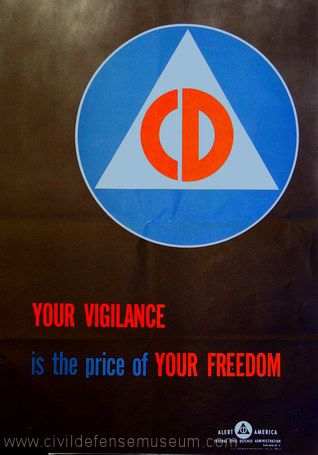
The Federal Emergency Management Agency coordinates the federal government's role in preparing for, preventing, mitigating the effects of, responding to, and recovering from all domestic disasters, whether natural or man-made, including acts of terror. FEMA can trace its beginnings to the Congressional Act of 1803. This act, generally considered the first piece of disaster legislation, provided assistance to a New Hampshire town following an extensive fire. In the century that followed, ad hoc legislation was passed more than 100 times in response to hurricanes, earthquakes, floods and other natural disasters.
In the sixties as the cold war heated up, FEMA constructed close to a dozen sophisticated regional centers. These centers took the form of nuclear-hardened underground bunkers that could accommodate several hundred people for 30 days or more and would provide for continuity of government operation. Regional Centers were built in Maynard, MA, Denton, Tx, Denver, CO, Olney, MD, Kansas City, MO, and Bothell, WA.
Pictures of other Massachusetts Cold War facilities can be found here:
http://coldwar-ma.com
The images below are of the Fema facility in Maynard, MA.
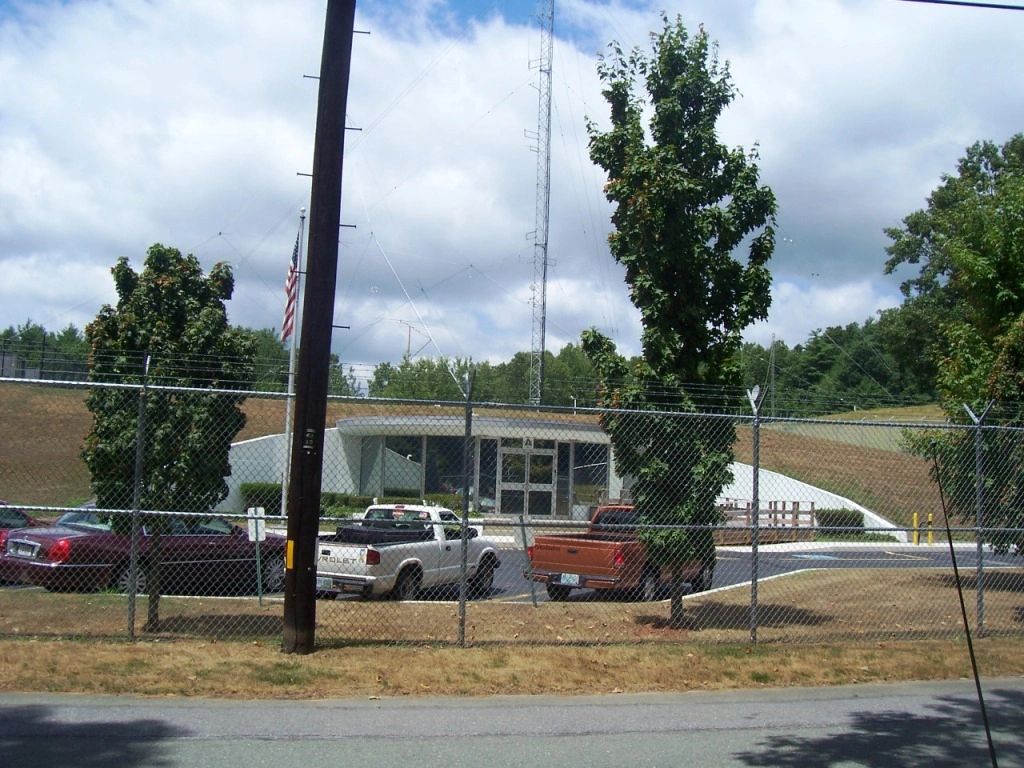
View of front entrance of bunker from Old Marlboro Road.
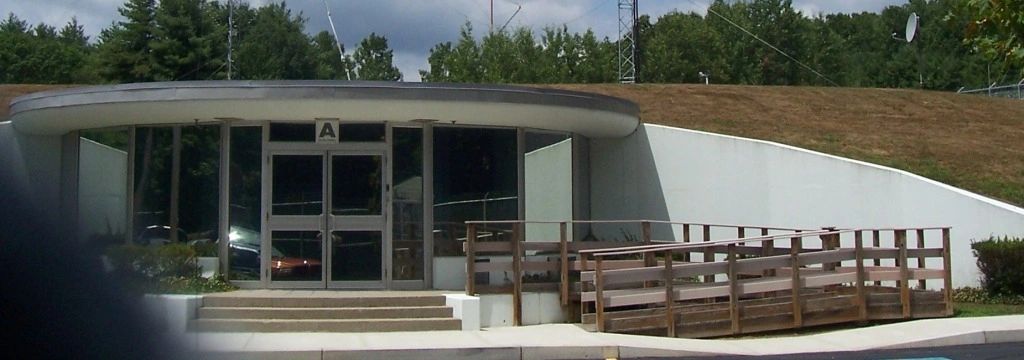
Close up of bunker entrance.

View of the side of the bunker.? Main entrance on right.

One of several huge high frequency antennas, this one a log-periodic covering 3-30 Mhz.? These antennas can provide autonomous world-wide communications in an emergency.

Another huge HF antenna.

FEMA emergency services truck.
 \Looking in the main entrance. Note the thickness of the wall.
\Looking in the main entrance. Note the thickness of the wall.

Looking in the main entrance. Note blast door on the right.
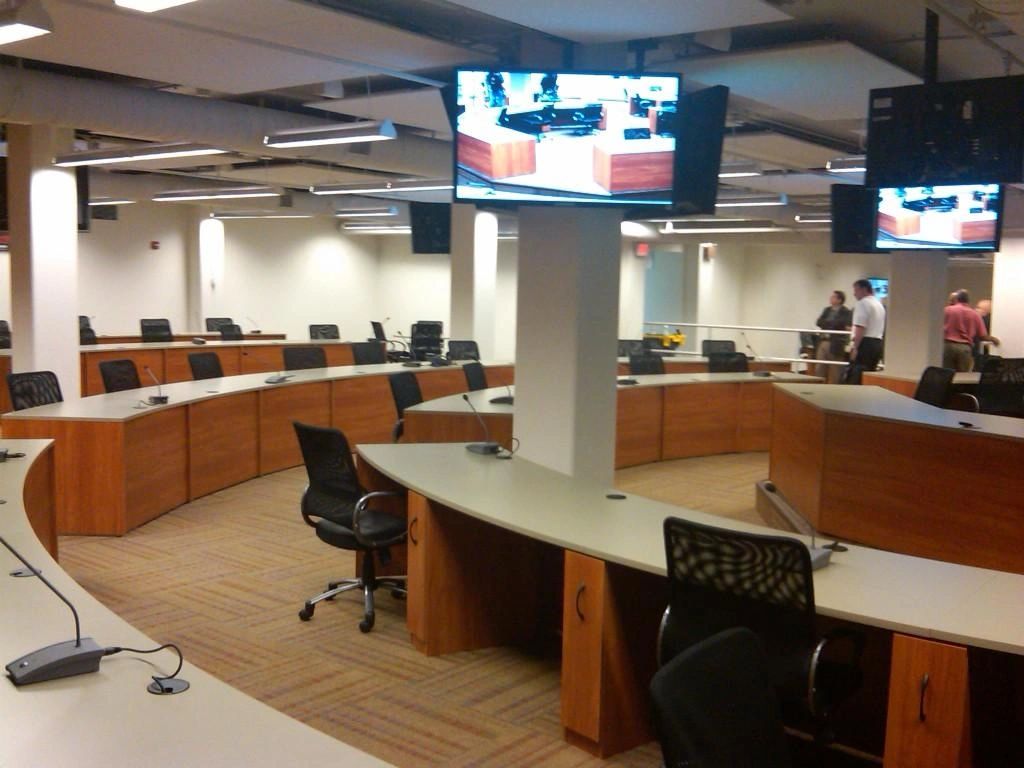
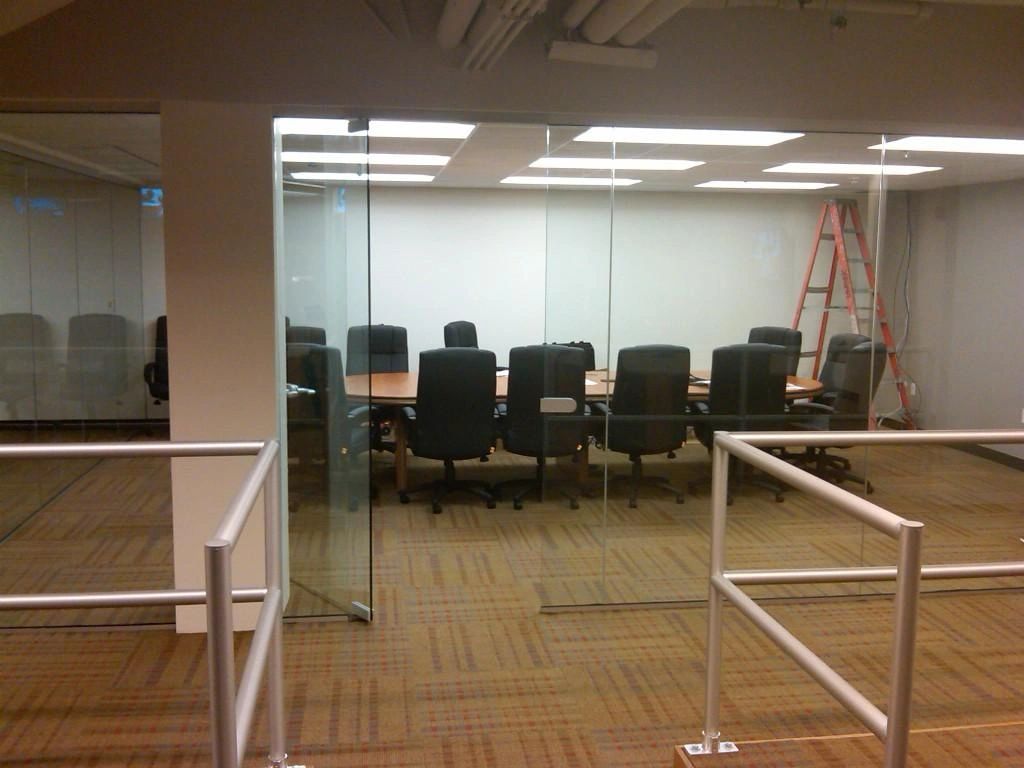
Recently renovated FEMA Emergency Operations Center.

One of several huge high frequency antennas, this one a log-periodic covering 3-30 Mhz.? These antennas can provide autonomous world-wide communications in an emergency.

Kilowatt HF radio transceivers and amplifiers provide autonomous worldwide
communications capabilities.
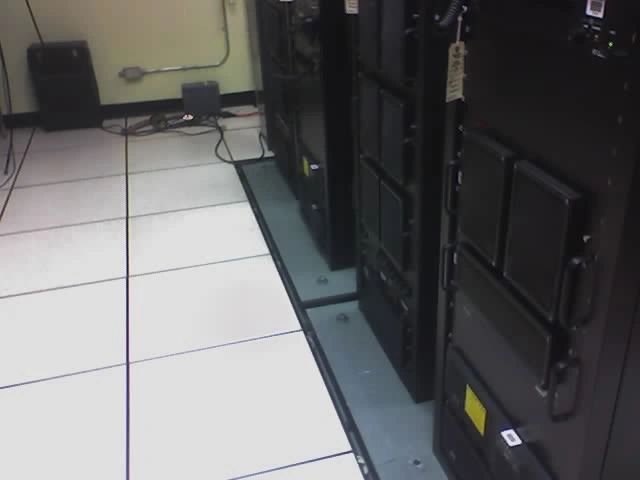
Even the HF radio equipment is mounted on springs!?

Cafeteria can feed a large number of people.

Blast louvers on the?massive air intakes.
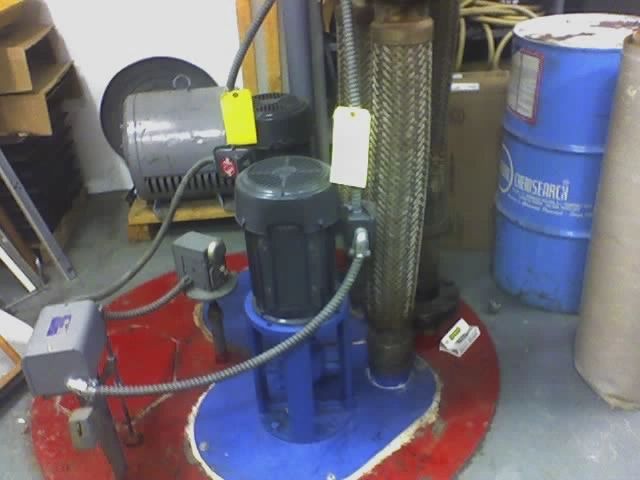
One of the two wells for fresh water.? Note the flexible braid couplings that would
prevent the pipes from breaking in the shock wave produced by a nearby
nuclear detonation.
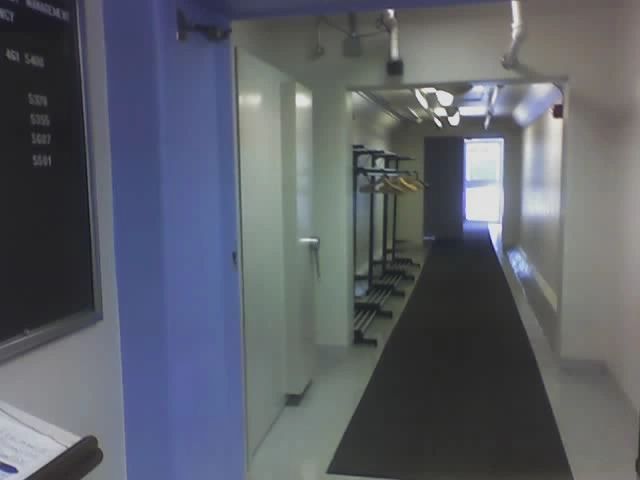
Looking out the main entrance.?
The blast door is just beyond the blue column on the left.
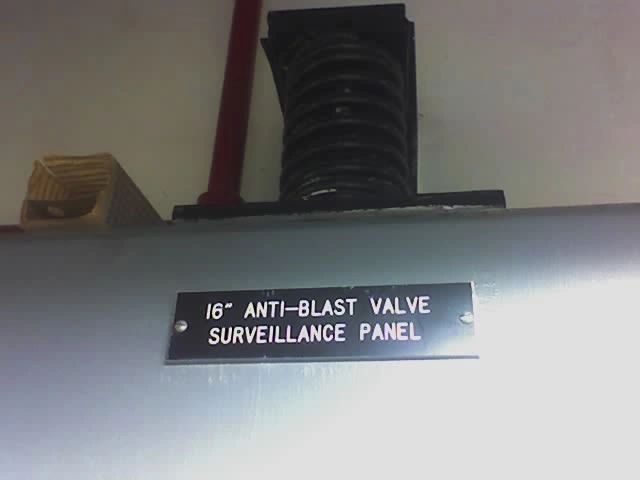
Blast valve control panel mounted on large springs. Automatic controls
"lock down" the facility immediately upon detection of a nuclear detonation.

Closeup of the 2-ton front blast door.
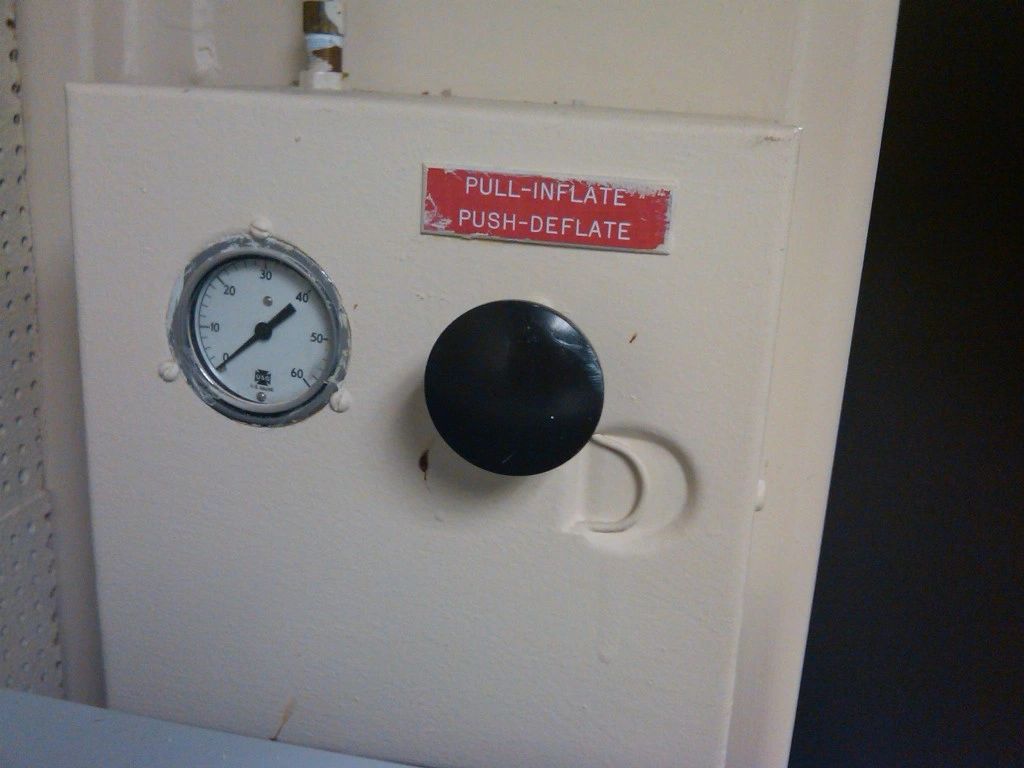
Pressing this button inflates a seal around the door to the radio room which
helps seal and protect the room from EMP.
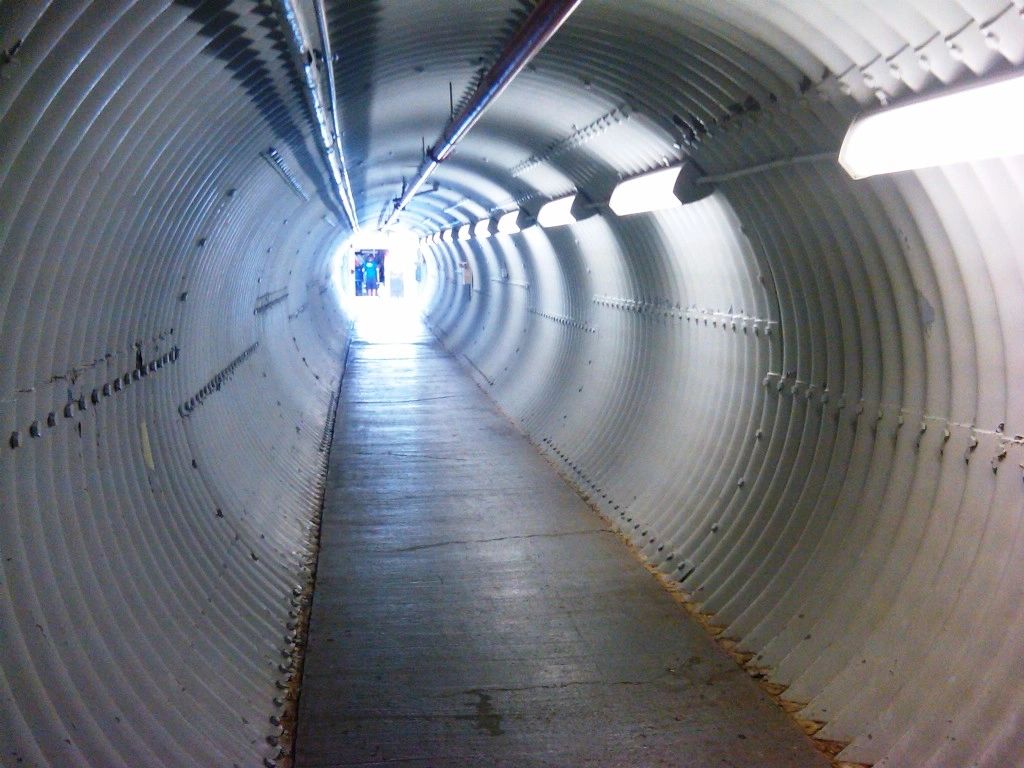
Rear Entrance tunnel.
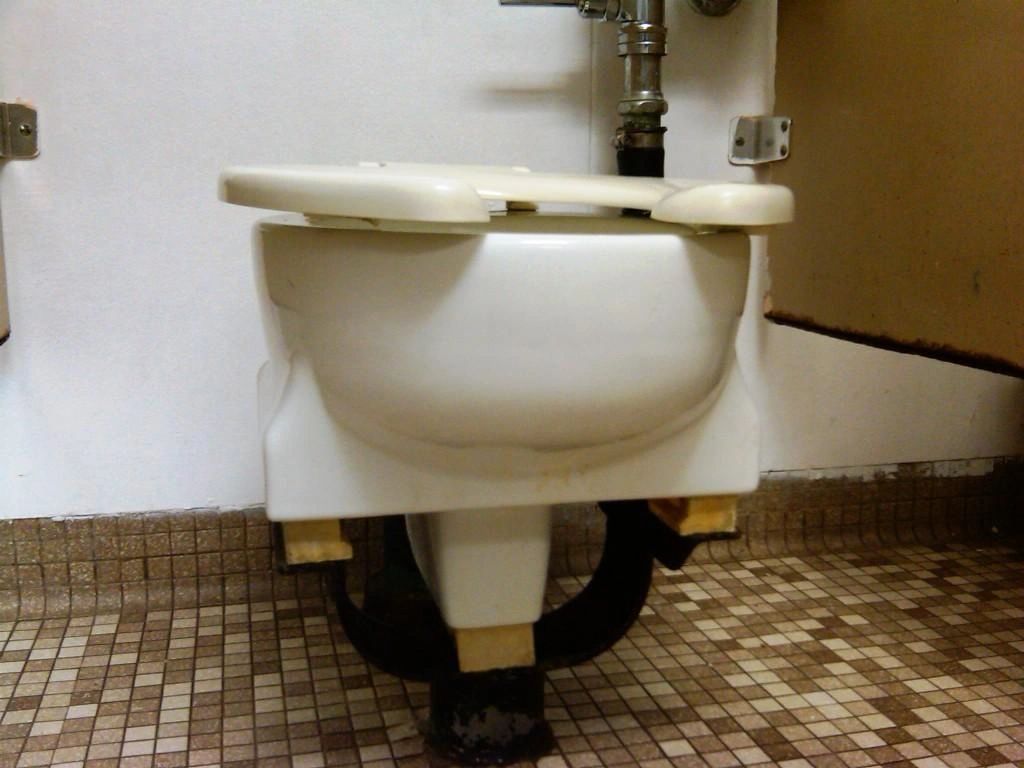
Toilet on springs, a common site in nuclear shelters! Not to protect the "users" but
to prevent broken pipes when the facility is hit by the shock wave from an earth
quake or nearby nuclear detonation.

One of three emergency power generators.
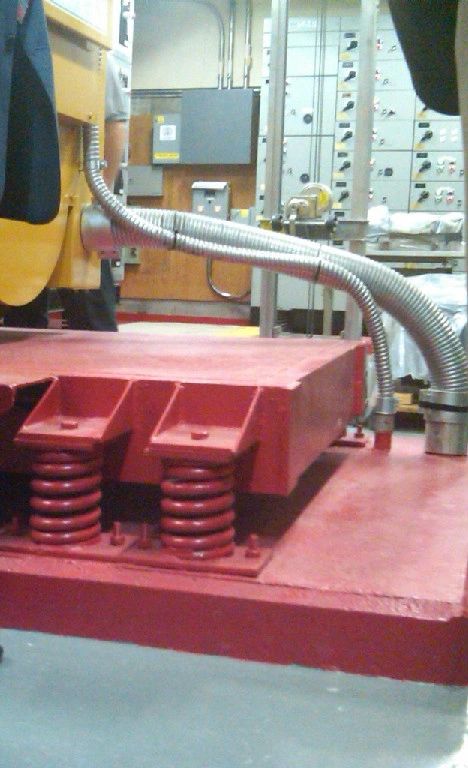
All of the equipment, including the generators, are
mounted on concrete pad mounted on springs
to protect the equipment from vibration.
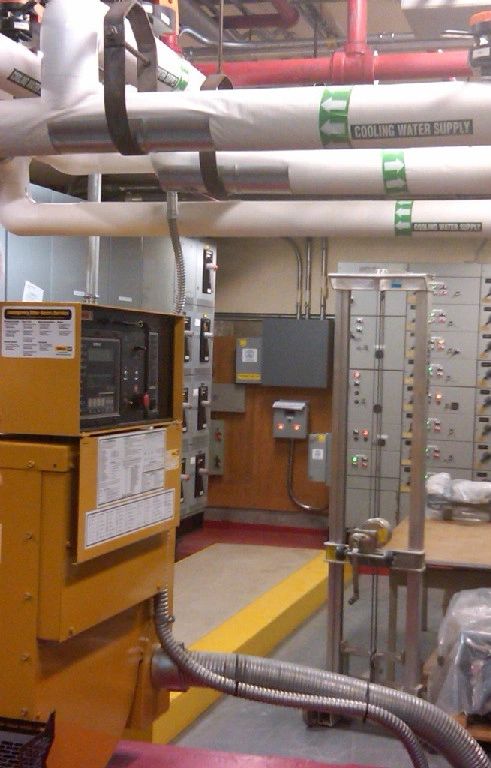
One of the other generators.

Electrical transformers mounted on springs.
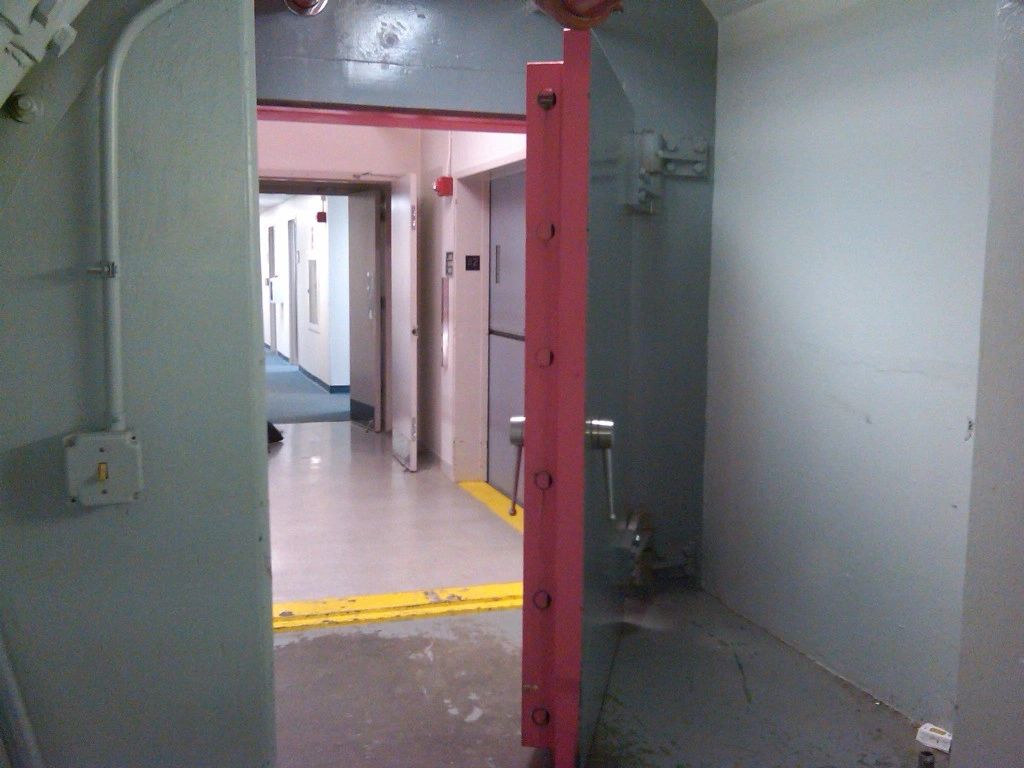
Rear blast door.

